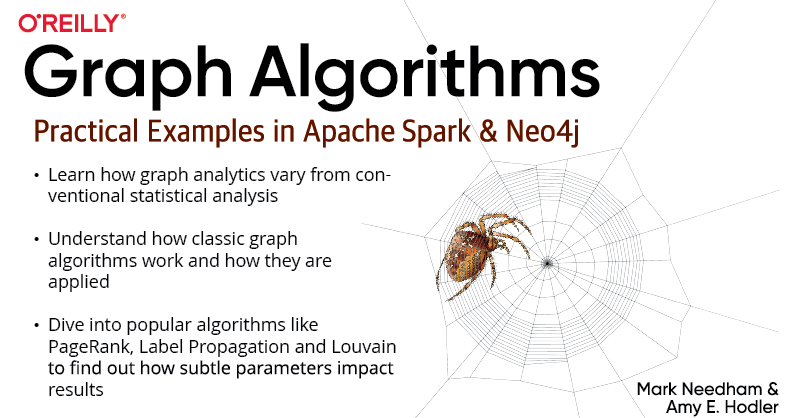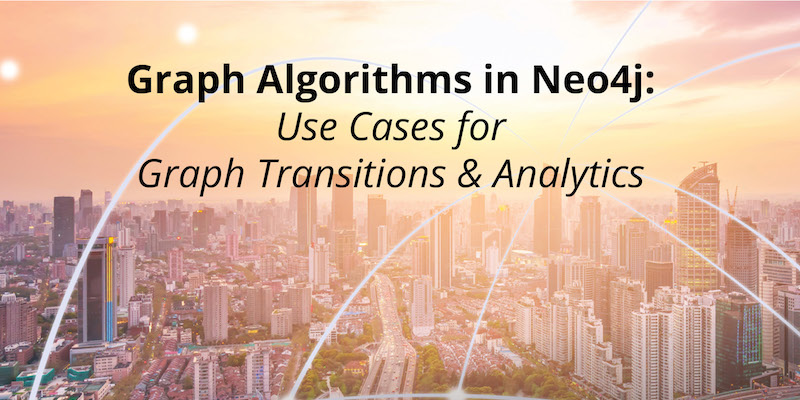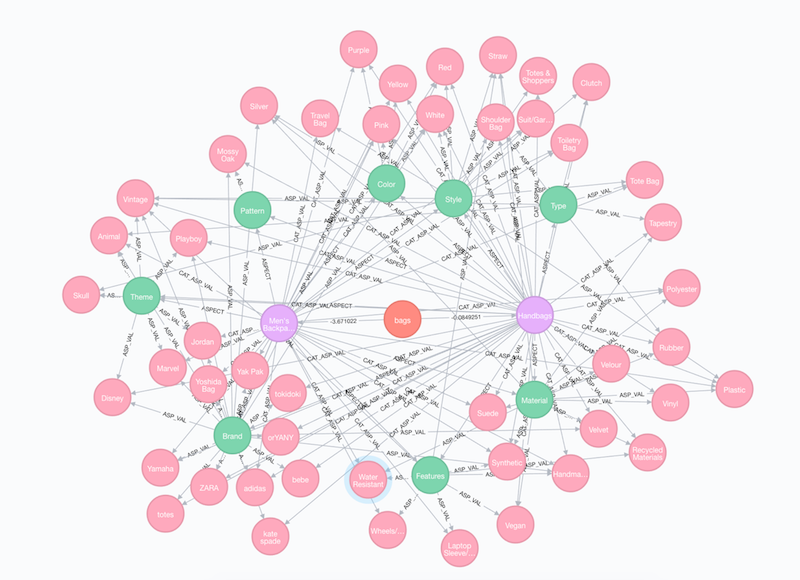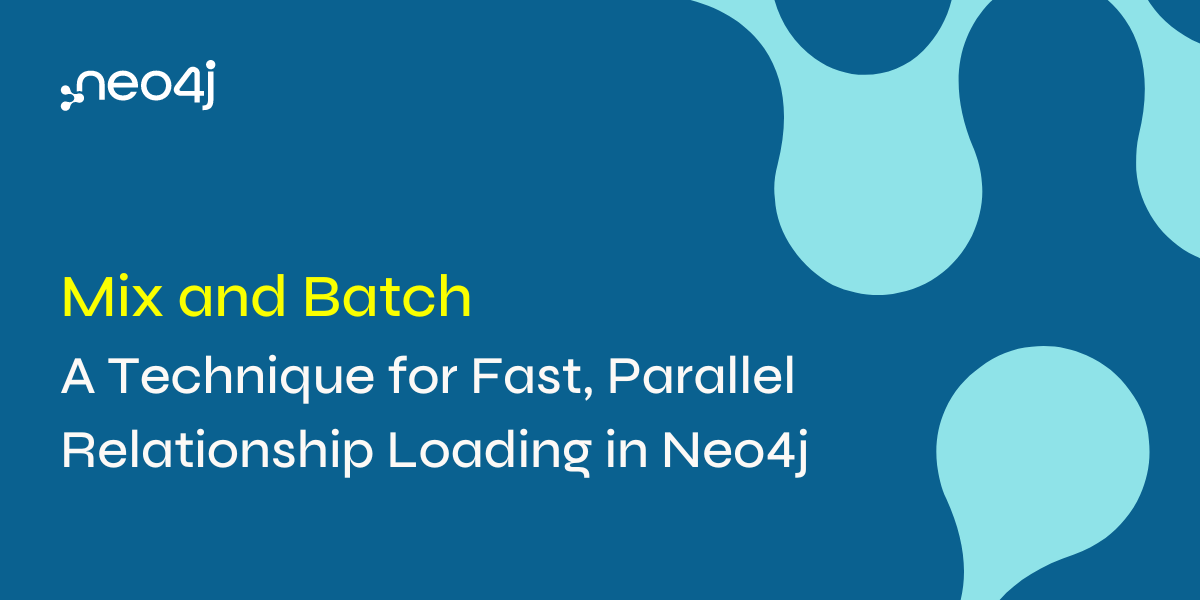Graph Algorithms in Neo4j: Use Cases for Graph Transactions & Analytics
7 min read

Today’s most pressing data challenges center around connections, not just tabulating discrete data. Graph analytics accelerate breakthroughs across industries with more intelligent solutions.
This blog series is designed to help you better leverage graph analytics so you can effectively innovate and develop intelligent solutions faster.
Last week we traced the rise of graph analytics. This week we’ll explore a few of the many concrete use cases for graph technology.
In the coming weeks, we’ll look at how graph technology is driving emerging AI applications and then dive deeper into the practical applications of graph algorithms, using examples from Neo4j, the world’s leading graph database.
From Chatbots to Cybersecurity
Graph technology is versatile and supports a broad swath of use cases. For example, the eBay App for Google Assistant uses Neo4j to deliver real-time, personalized user experiences and recommendations (see graph below).
Cybersecurity and fraud systems correlate network, social and IoT data to uncover patterns. More accurate modeling and decisioning for a range of dynamic networks drives use cases from subsecond packaging of financial commodities and routing logistics to IT service assurance to predicting the spread of epidemics.
Graph technologies help businesses with many practical use cases across industries and domains, a few of which are highlighted in the sections that follow.
Real-Time Fraud Detection
Traditional fraud prevention measures focus on discrete data points such as specific account balances, money transfers, transaction streams, individuals, devices or IP addresses. However, today’s sophisticated fraudsters escape detection by forming fraud rings comprised of stolen and synthetic identities.
To uncover such fraud rings, it is essential to look beyond individual data points to the connections that link them. Connections are key to identifying and stopping fraud rings and their ever-shifting patterns of activities. Graph analytics enable us to detect fraud in real-time and shows us that, indeed, fraud has a shape.
Real-Time Recommendations
Graph-powered recommendation engines help companies personalize products, content and services by contextualizing a multitude of connections in real time. Making relevant recommendations in real time requires the ability to correlate product, customer, historic preferences and attributes, inventory, supplier, logistics and even social sentiment data.
A real-time recommendation engine requires the ability to instantly capture any new interests shown during the customer’s current visit – something that batch processing can’t accomplish.
360-Degree View of Data
As businesses become more customer centric, it has never been more urgent to tap the connections in your data to make timely operational decisions. This requires a technology to unify your master data, including customer, product, supplier and logistics information to power the next generation of ecommerce, supply chain and logistics applications.
Organizations gain transformative, real-time business insights from relationships in master data when storing and modeling data as a graph. This translates to highlighting time- and cost-saving queries around data ownership, customer experience and support, organizational hierarchies, human capital management and supply chain transparency.
A flexible graph database model organizes and connects all of an organization’s master data to provide a live, real-time 360° view of customers.
Streamline Regulatory Requirements
Graph technology offers an effective and efficient way to comply with sweeping regulations like the EU’s General Data Protection Regulation (GDPR), which requires that businesses connect all of the data that they have about their customers and prospects.
Organizations manage enterprise risk by providing both the user-facing toolkit that allows individuals to curate their own data records and the data lineage proof points to demonstrate compliance to authorities.
Management & Monitoring of Complex Networks
Graph platforms are inherently suitable for making sense of complex interdependencies central to managing networks and IT infrastructure. This is especially important in a time of increasing automation and containerization across both cloud and on-premises data centers. Graphs keep track of these interdependencies and ensure that an accurate representation of operations is available at all times, no matter how dynamic the network and IT environment.
Identity & Access Management
To verify an accurate identity, the system needs to traverse through a highly interconnected dataset that is continually growing in size and complexity as employees, partners and customers enter and leave the system. Users, roles, products and permissions are not only growing in number but also in matrixed relationships where standard “tree” hierarchies are less relevant.
Traditional systems no longer deliver real-time query performance required by two-factor authentication systems, resulting in long wait times for users. Using a graph database for identity and access management enables you to quickly and effectively track users, assets, devices, relationships and authorizations in this dynamic environment.
Social Applications or Features
Social media networks are already graphs, so there’s no point converting a graph into tables and then back again by building a social network on an RDBMS. Having a data model that directly matches your domain model helps you better understand your data, communicate more effectively and avoid needless work.
A graph database such as Neo4j enables you to easily leverage social connections or infer relationships based on user activity to power your social network application or add social features to internal applications.
Conclusion
We’ve covered just a few of the use cases that are fueled by graph technology. Next week we’ll look take a deeper dive into one particularly exciting area: graph technology and AI applications.
Learn about the power of graph algorithms in the O’Reilly book,
Graph Algorithms: Practical Examples in Apache Spark and Neo4j by the authors of this article. Click below to get your free ebook copy.












